


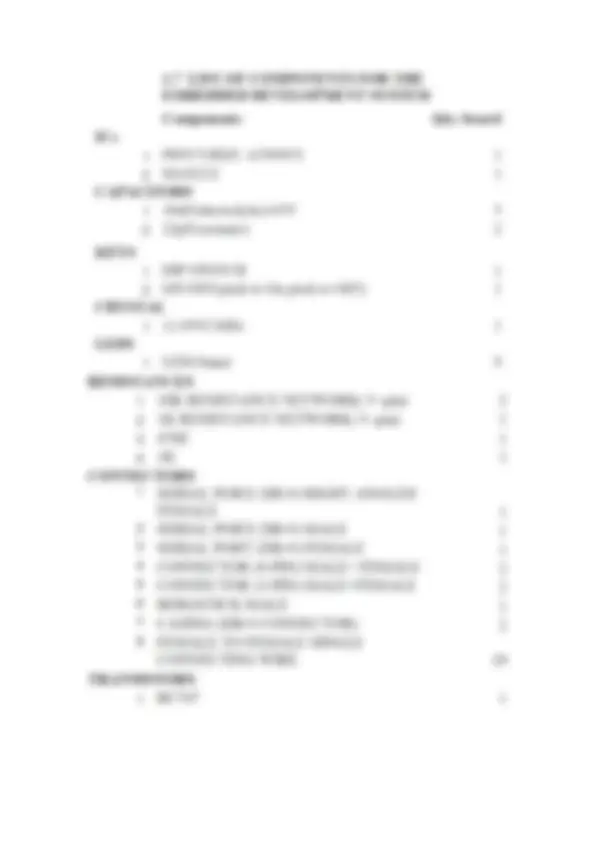
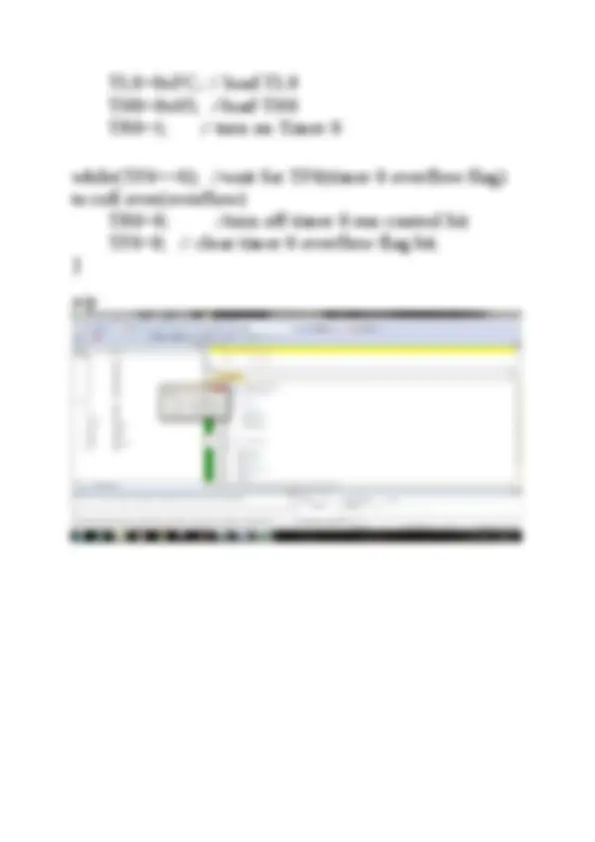
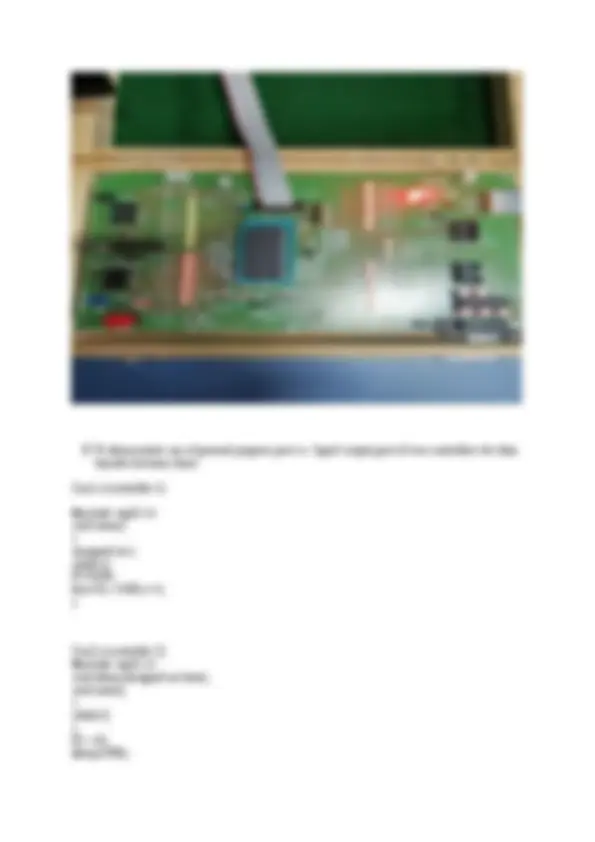


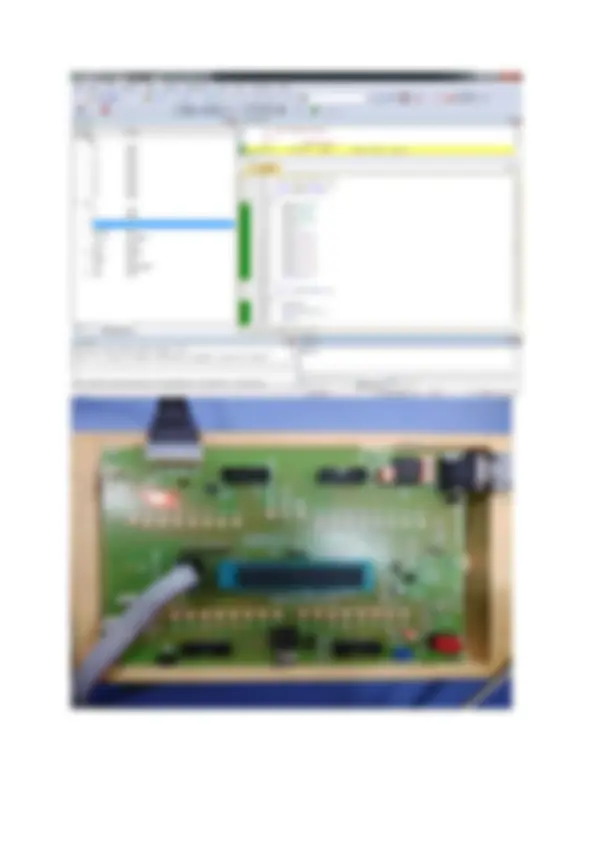
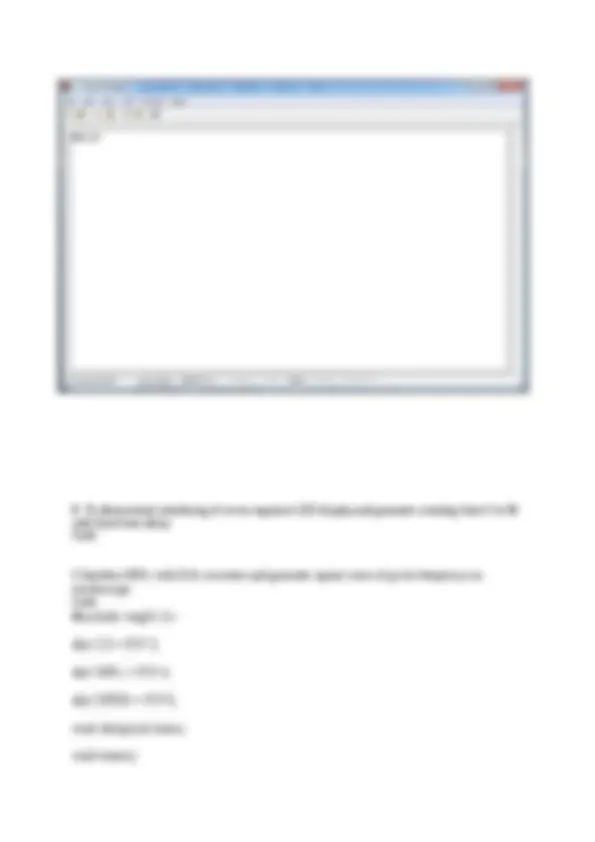
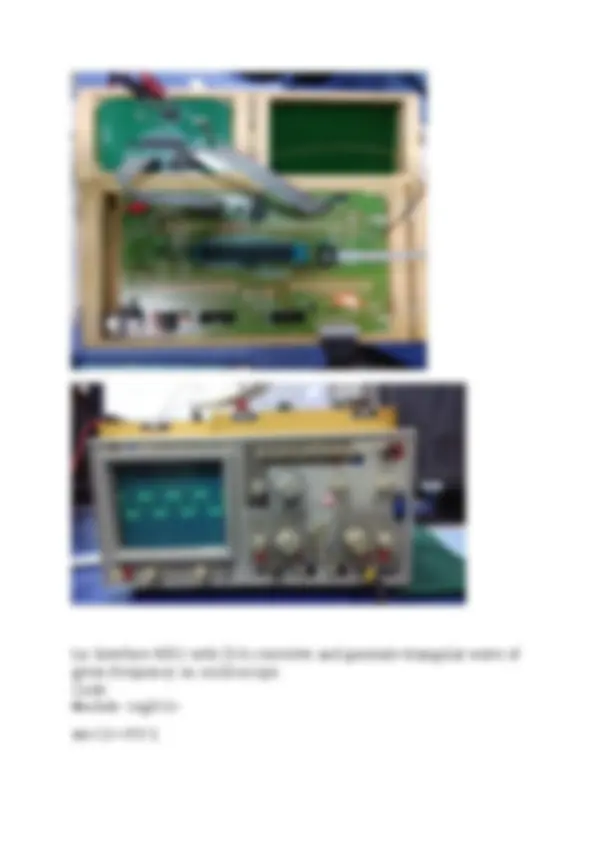

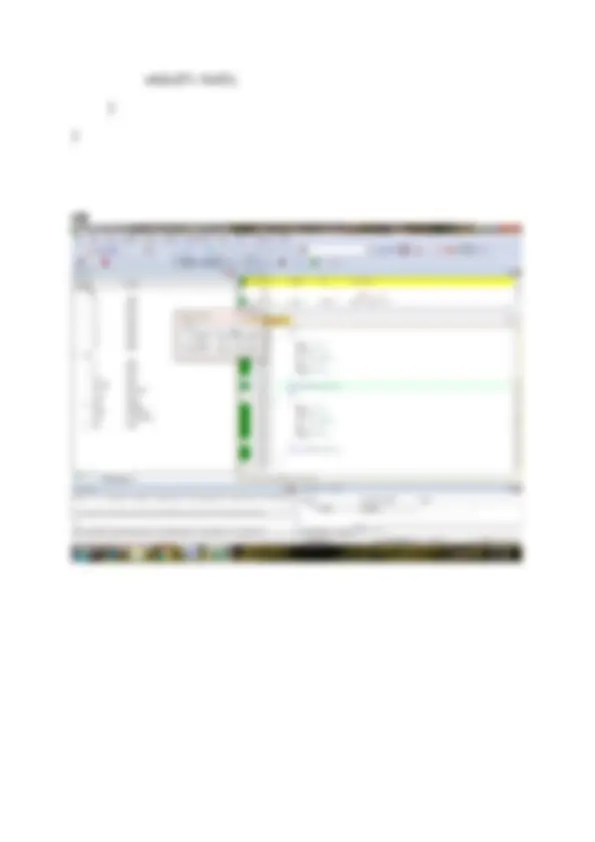
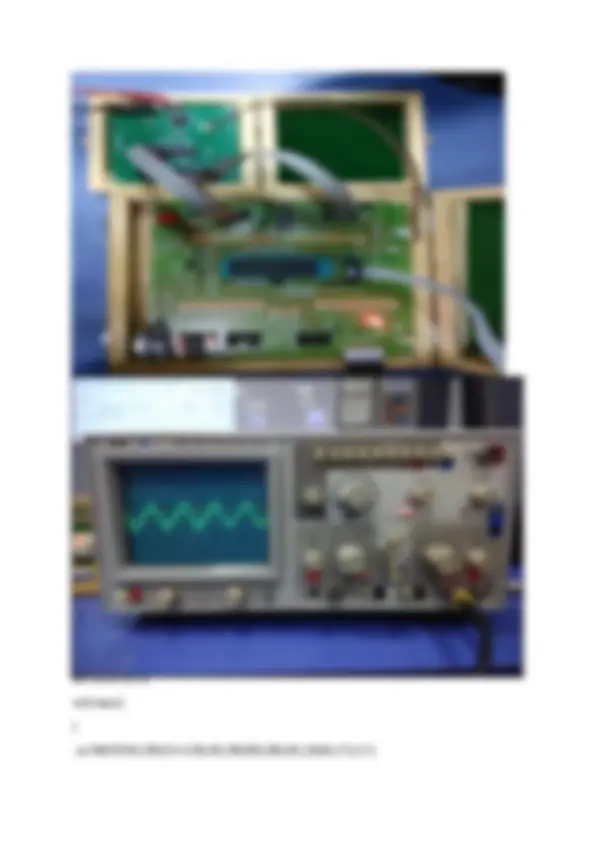

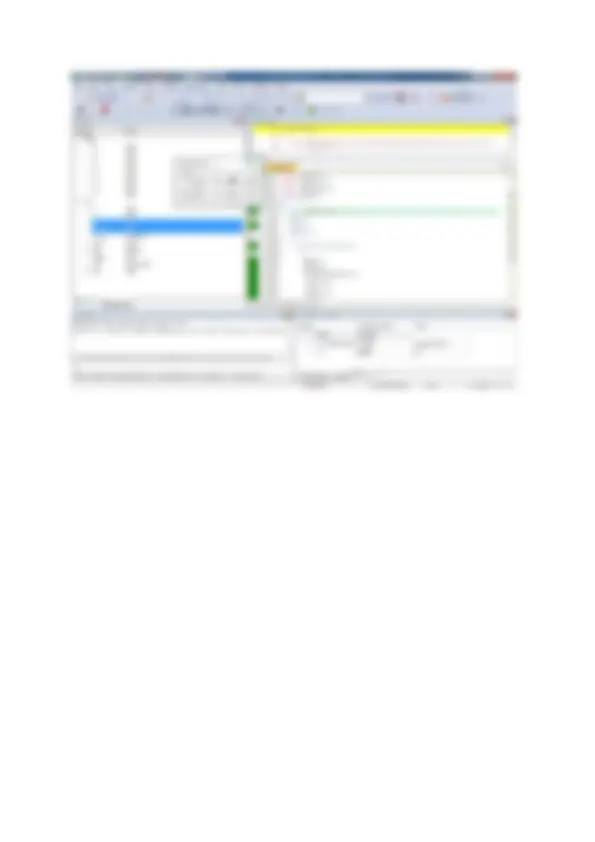
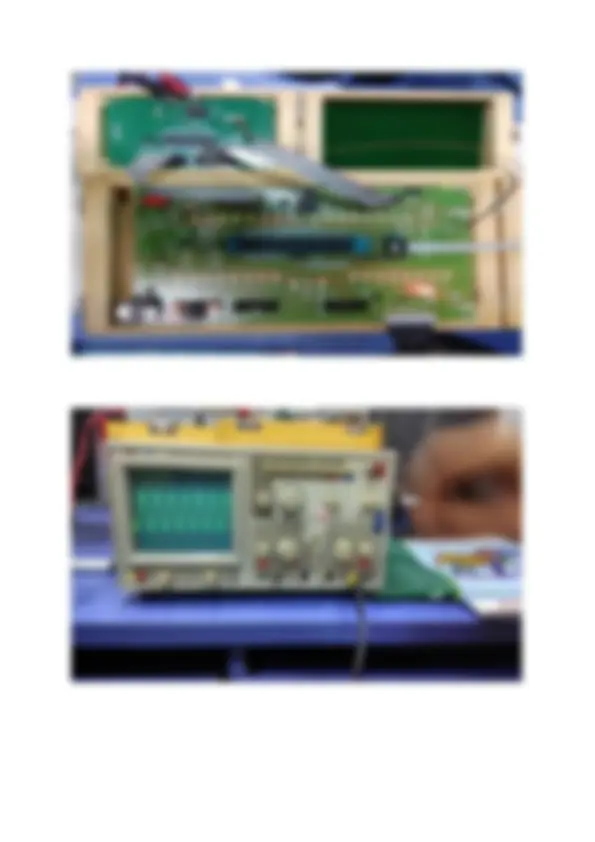
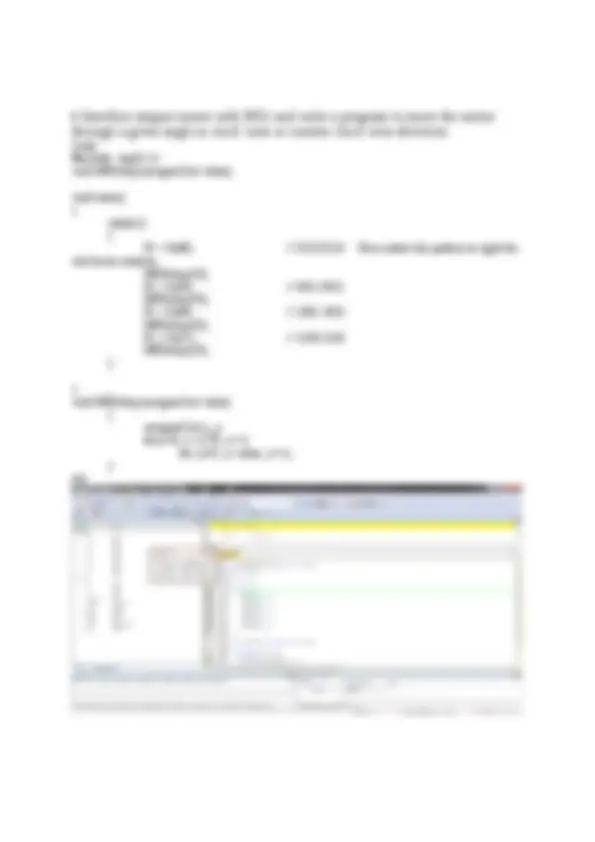
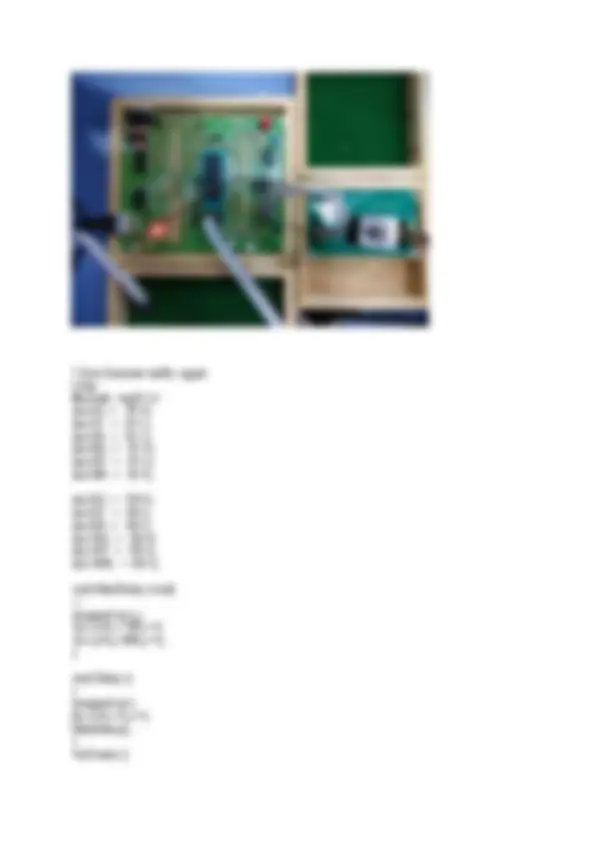


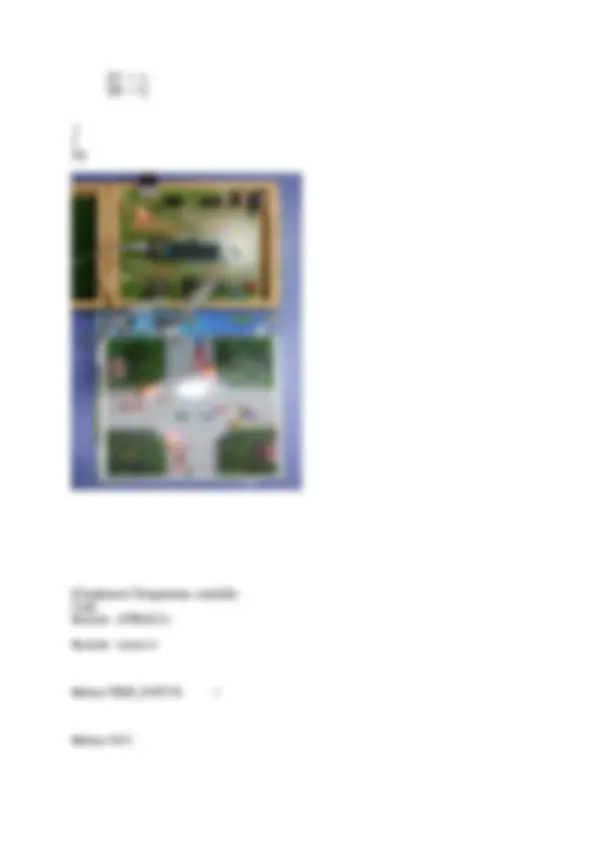
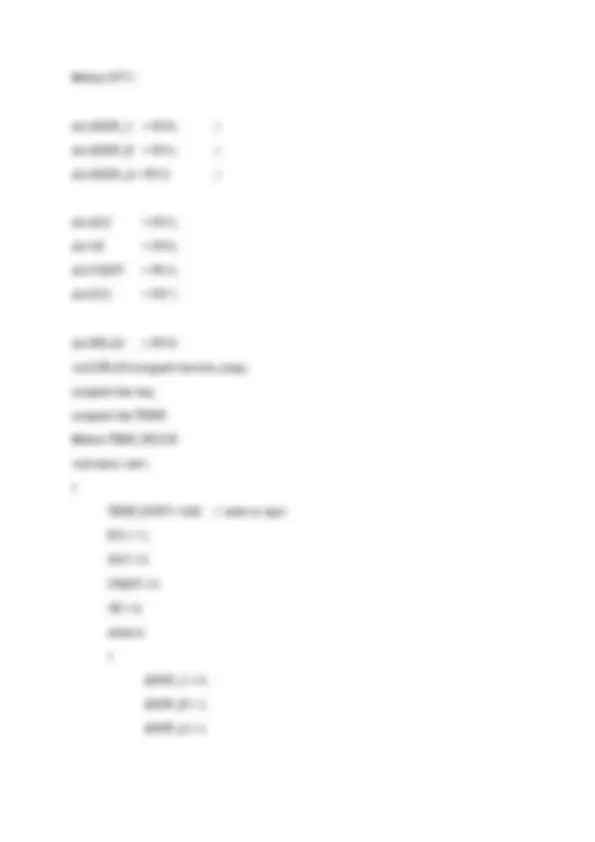
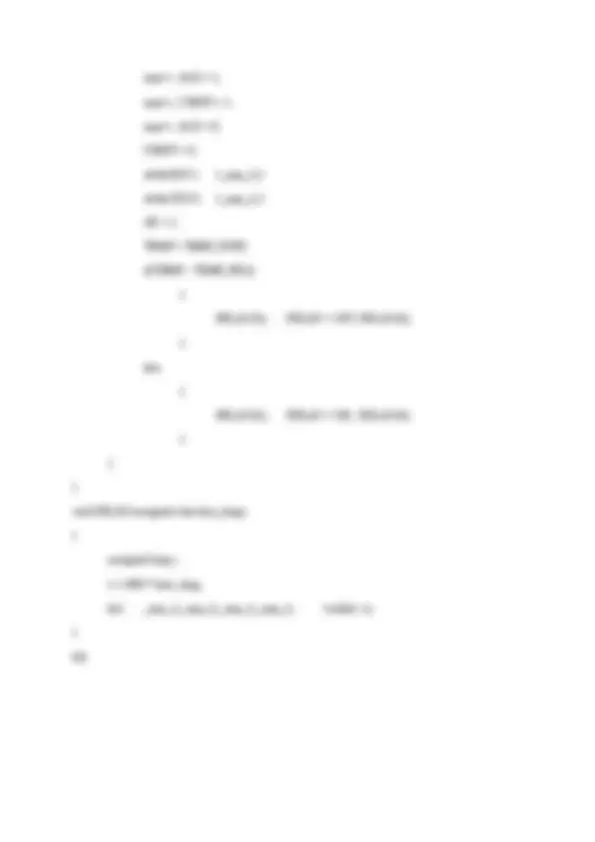
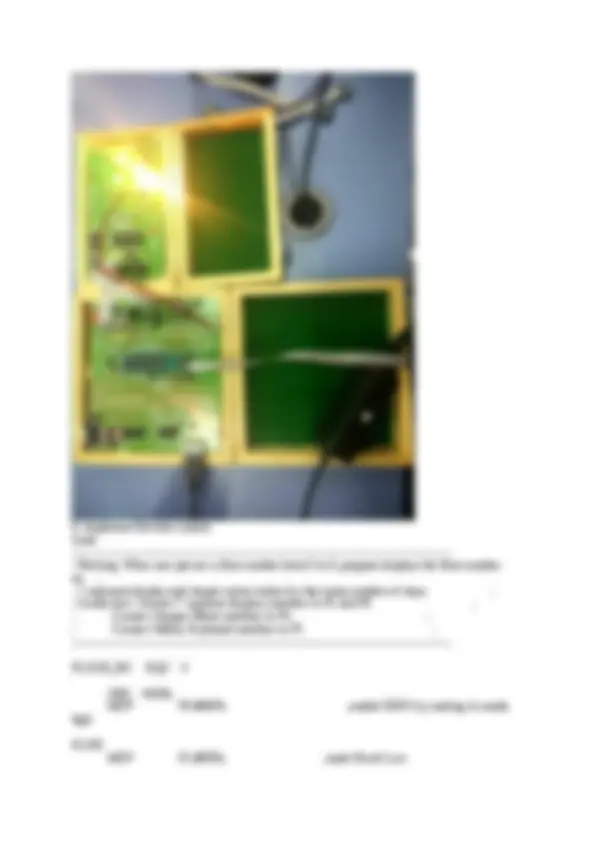
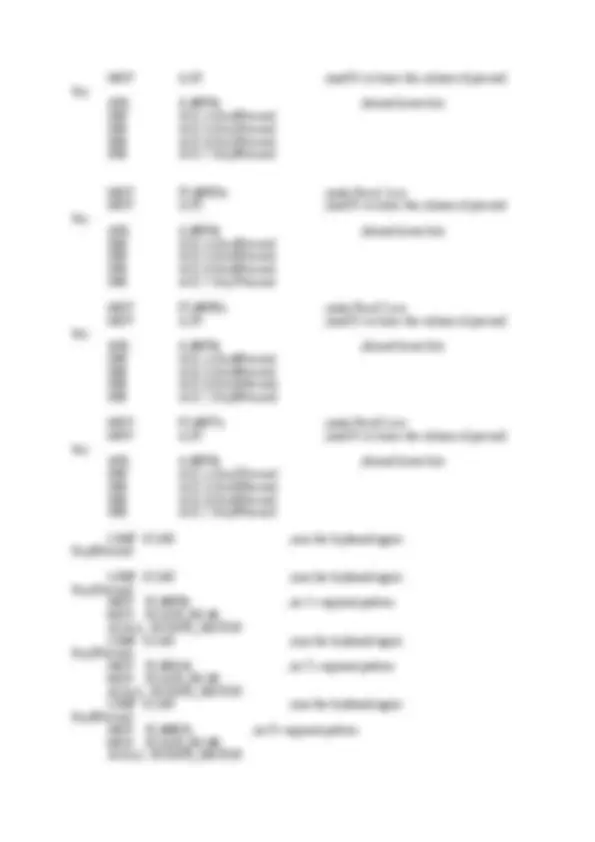
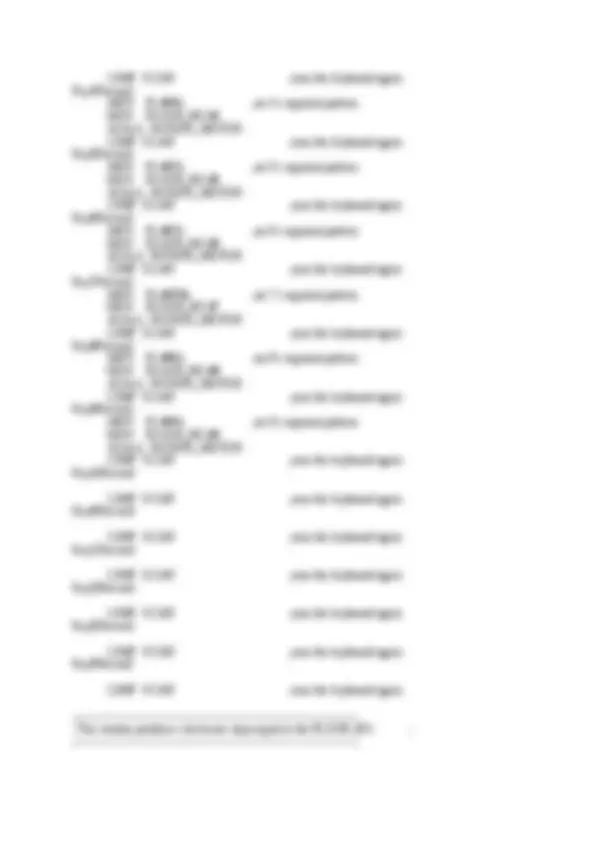

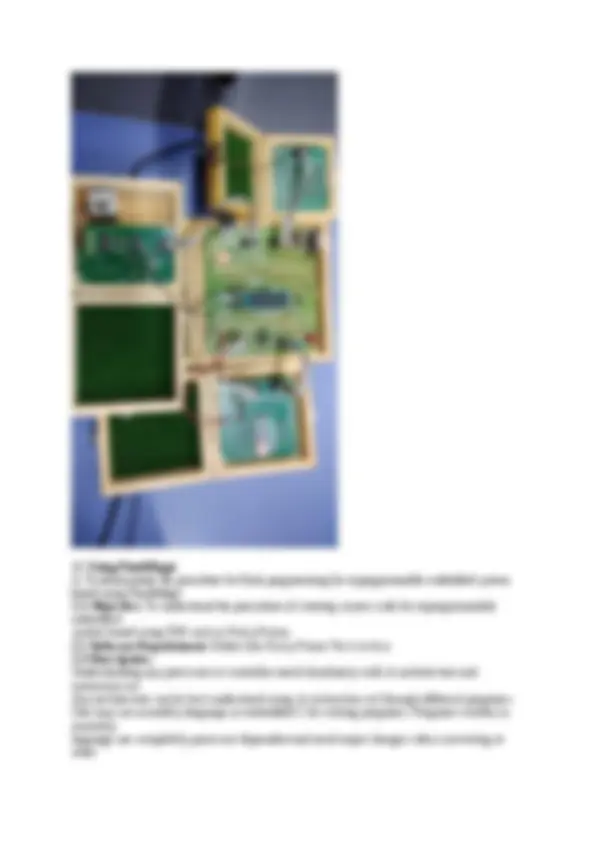

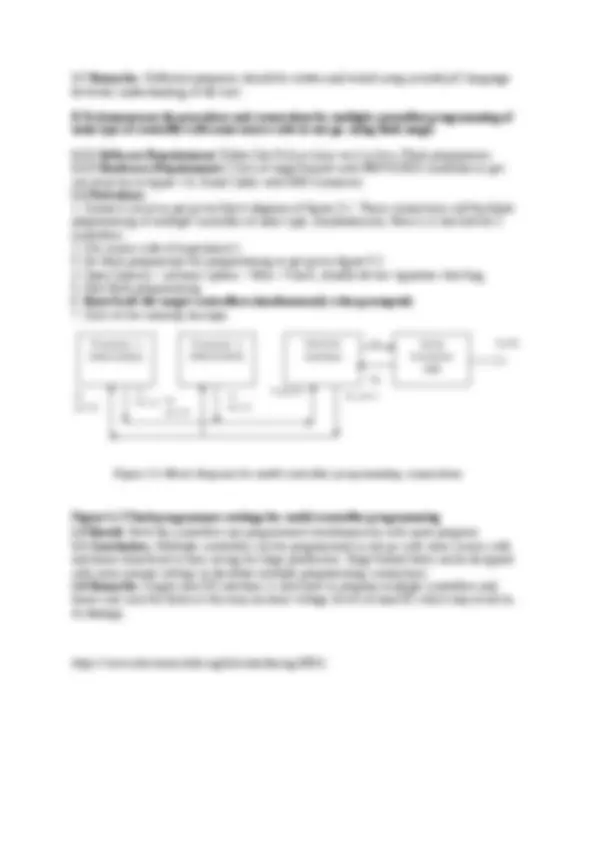


Study with the several resources on Docsity

Earn points by helping other students or get them with a premium plan


Prepare for your exams
Study with the several resources on Docsity

Earn points to download
Earn points by helping other students or get them with a premium plan
Community
Ask the community for help and clear up your study doubts
Discover the best universities in your country according to Docsity users
Free resources
Download our free guides on studying techniques, anxiety management strategies, and thesis advice from Docsity tutors
Es Prac explanation.docx123456
Typology: Thesis
1 / 38

This page cannot be seen from the preview
Don't miss anything!































1.Design and develop a reprogrammable embedded computer using 8051 microcontrollers and to show the following aspects. a. a. Programming b. b. Execution c. c. Debugging
1.2.1 Software Requirement: Editor for schematic drawing like Eagle. https://www.cadsoftusa.com/download-eagle/freeware/ Or Protel. http://protel-pcb.software.informer.com/1.5/ 1.2.2 Hardware Requirement: Soldering Iron, Tweezer, Cutter, Multimeter, Components as per table1.1. 1.3 Description: 1.3.1 Embedded System:- Embedded systems are those systems that are similar to computer (they can be termed as computer on a chip) but are designed for some specific task, they may have lesser components (be in size or in count) associated to it, then PC. They may or may not contain all components of a computer system. Unlike PC, Embedded systems are designed to perform some specific task and generally are not designed for performing multiple tasks. 1.3.2 Block Diagram of an Embedded System:
1.3.3 “Components of a Computer” Basic component of an embedded system is its controller which could be a microprocessor unit (MPU) or a microcontroller unit (MCU). MPU needs more peripherals to accomplish a task and hence results in complex circuit and higher power consumption, whereas MCU units mostly have on chip peripherals that includes memory elements like ROM/RAM, basic function elements like Timers/Counters/ Interrupts and special interfaces like UART/ SPI/ I2C/CAN etc. and thus resulting in lesser component count and lesser power consumption.
1.3.4 Re-programmable Embedded System (RES):- In its easiest definition, a re- programmable embedded system is one which can be re programmed a number of times easily while in system or in application and with minimum component requirement i.e. there is no need to pull out MCU every time one wants to program it and hence provide flexibility
in programming and operations. It is developed using 8051 compatible microcontrollers manufactured by NXP/ Atmel. In addition to execution of intended program RES also provide debugging facility and chip programming for other users.
The Reprogrammable embedded system consists of: F 0 B 7F 0 2 0Sockets for placing microcontroller- 40 pin F 0 B 7F 0 2 0DC socket for external power supply (DC 5V) F 0 B 7F 0 2 01 LED for power on indication and 1 push button for reset F 0 B 7F 0 2 011.0592 MHz Quartz Crystal Oscillator F 0 B 7F 0 2 08 LEDs for output pin state indication at port P F 0 B 7F 0 2 01 DIP switch (8 switch) for input pin activation F 0 B 7F 0 2 0Connector and driver for serial communication RS F 0 B 7F 0 2 0Multiple-pin connectors for direct access to I/O ports F 0 B 7F 0 2 0Connector for SPI programming F 0 B 7F 0 2 01 Piezo buzzer for audio/frequency output F 0 B 7F 0 2 0Additional power supply connectors
1.4 Selection of component for a given application Every application circuit is build around some components which should be selected as per the functionality of the application, availability of components, cost of entire system,procurement time\for components and most importantly meeting of some critical parameters of intended application. 1.4.1 Selection of Processor: Selection should be based mainly on architecture, availability, cost, time to prototype and market,testability and debug-ability. As per the requirement a microcontroller will be suitable for this purpose.Intel/Atmel 8051 architecture is suitable for beginners due to its easy understandability, easy availability of architecture description and instruction set. Some advance controllers of 8051 architecture provide boot-loader, in system programming and in application programming. NXP’s P89V51RD2 and Atmel’s AT89S52 are such general purpose controllers, based on 8051 architecture. Re-programmability is achieved using ISP (In-System-Programming) feature provided by NXP P89V51RD2 or by Atmel AT89S52. P89V51RD2 uses ISP by Atmel AT89S52. P89V51RD2 provides ISP feature using UART pins (RxD, TxD, RST, PSEN) while AT89S52 uses SPI pins(MOSI, MISO, SCK, RST) for ISP functionality.
NXP’s P89V51RD2 and Atmel’s AT89S52 features include; F 0 B 7
F 0 2 08-bit, 40-pin controller in DIP package F 0 B 7
F 0 2 0Operating voltage +5V F 0 B 7
F 0 2 0Operating frequency 0 to 40 MHz F 0 B 7
F 0 2 032-Input / Output pins F 0 B 7
F 0 2 03-16 bit Timers F 0 B 7
F 0 2 08- Interrupt levels F 0 B 7
F 0 2 01-UART F 0 B 7
F 0 2 01-SPI F 0 B 7
F 0 2 01 KB of user RAM F 0 B 7
F 0 2 064 KB of Flash
1.4.2 Selection of other components: 1.4.2.1 Serial communication interface UART (Universal Asynchronous Receiver Transmitter) is required for boot-loader/ ISP/IAP
Figure 1.2: Pin diagram of P89V51RD2/AT89S
Figure 1.2: Pin diagram of P89V51RD2/AT89S *Note: Some instructions or names of SFRs may be changed in different processors of different manufacturers, e.g. ATMEL NXP for same architecture. Care must be taken here.
Figure 1.3: Bareboard PCB for Reprogrammable Embedded System
Figure 1.4: Components for Reprogrammable Embedded System
Figure 1.5: Assembled PCB for Reprogrammable Embedded System
Table 1. 1.7 LIST OF COMPONENTS FOR THE EMBEDDED DEVELOPMENT SYSTEM
SJMP START END
working. 1.9 Conclusion:- Target board of such types can be designed using very less amount of components and can be used for many applications. 1.10 Remarks:- Other controllers of 8051 architecture and having same pinouts can also be tested and used on same target board.
void delay(unsigned int time) { unsigned int i; for(i=0;i<time;i++); }
o/p
B. To interface 8 LEDs at Input-output port and create different patterns. (four leds glow on and off) Code: #include<REG51.H> void ToDelay(void); void main(void) {